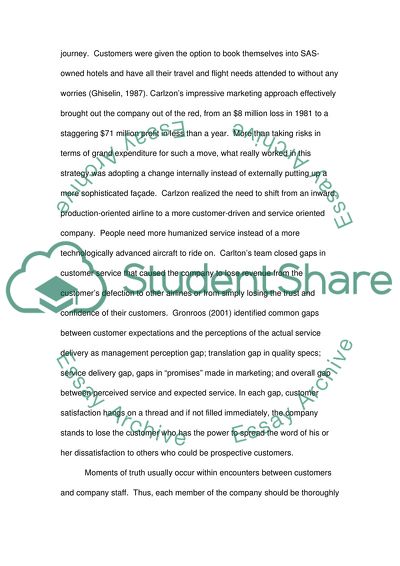Cite this document
(Moments of Truth in Customer Service Coursework, n.d.)
Moments of Truth in Customer Service Coursework. https://studentshare.org/tourism/1753919-managing-tourism-and-leisure-organisations
Moments of Truth in Customer Service Coursework. https://studentshare.org/tourism/1753919-managing-tourism-and-leisure-organisations
(Moments of Truth in Customer Service Coursework)
Moments of Truth in Customer Service Coursework. https://studentshare.org/tourism/1753919-managing-tourism-and-leisure-organisations.
Moments of Truth in Customer Service Coursework. https://studentshare.org/tourism/1753919-managing-tourism-and-leisure-organisations.
“Moments of Truth in Customer Service Coursework”. https://studentshare.org/tourism/1753919-managing-tourism-and-leisure-organisations.


